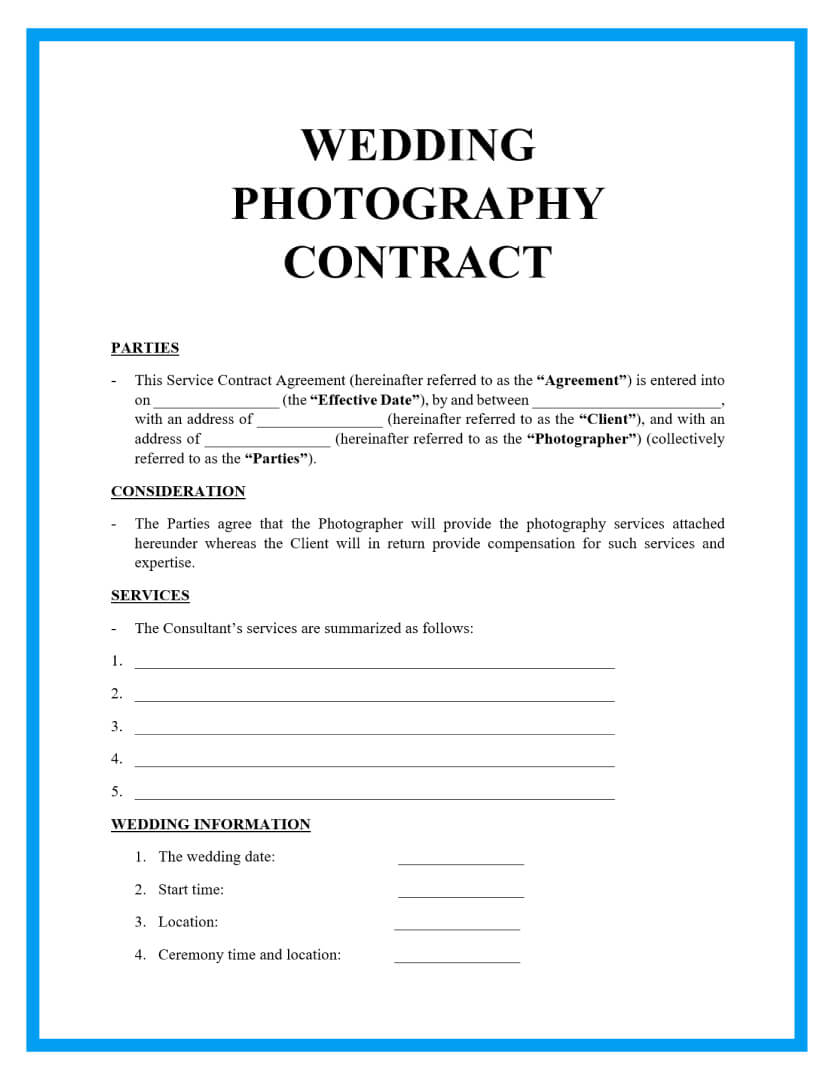When it comes to commercial photography, pricing can be tricky. Whether you're a seasoned photographer or just starting, understanding how to price your services is key to running a successful business. This guide will help you navigate the factors that affect pricing, how to set competitive rates, and ensure you're being fairly compensated for your work.
Using Assembo.ai for Commercial Photography
Before diving into the specifics of pricing, it’s worth mentioning a tool that can help you streamline your commercial photography projects: Assembo.ai. Assembo.ai is an AI-powered platform that offers high-quality product photos and videos, perfect for commercial use. It’s particularly useful for photographers who want to create consistent, professional images quickly. This tool can also help you provide additional services to your clients, allowing you to offer more value while maintaining competitive pricing.
Factors That Affect Pricing for Commercial Photography
When setting prices for commercial photography, several factors come into play. Understanding these will help you determine the right rate for your services.
1. Type of Photography

The type of commercial photography you specialize in can significantly impact your pricing. For instance:
- Product Photography: Typically involves shooting products for online stores or catalogs. Prices may vary based on the number of products and the complexity of the shoot.
- Fashion Photography: Involves working with models, stylists, and often requires more elaborate setups, which can increase costs.
- Corporate Photography: Includes headshots, team photos, and office interiors. These sessions may be priced based on the number of employees or the time spent on-site.
Learn more about types of commercial photography.
2. Usage Rights
How the photos will be used plays a big role in pricing. Usage rights determine how the client can use your images. Common usage scenarios include:
- Web Use: Photos used on websites or social media generally come with lower fees.
- Print Use: Photos intended for brochures, magazines, or billboards may command higher prices.
- Exclusive Rights: If the client wants exclusive rights to the images, you should charge more since you won’t be able to sell or use those photos elsewhere.
Learn more about understanding usage rights in photography.
3. Time and Effort
The amount of time and effort you put into a shoot should reflect in your pricing. Consider the following:
- Pre-Shoot Preparation: Time spent planning, scouting locations, and coordinating with clients.
- Shooting Time: The actual time spent on the day of the shoot.
- Post-Production: Editing and retouching images can take significant time and should be factored into your rate.
Learn more about product photography pricing.
4. Equipment and Resources

Commercial photography often requires high-quality equipment and resources. Your pricing should cover:
- Camera Gear: High-end cameras, lenses, and lighting equipment.
- Software: Editing software like Adobe Photoshop or Lightroom.
- Studio Rental: If you need to rent a studio or special equipment, those costs should be included in your pricing.
5. Experience and Expertise

Your experience level is another factor that influences pricing. As you gain more experience and build a strong portfolio, you can charge higher rates. Clients are often willing to pay more for photographers who have a proven track record of delivering high-quality work.
6. Market Demand
Market demand in your area can also affect how much you can charge. If you’re in a city with a high demand for commercial photography, you may be able to set higher prices compared to a location with less demand.
Discover how market demand affects photography pricing.
How to Set Your Rates
Setting your rates involves more than just picking a number. It’s important to base your pricing on a combination of the factors mentioned above and to ensure your rates are competitive yet fair.
1. Research Your Competitors
One of the first steps in setting your rates is to research what other photographers in your area are charging. Look at photographers who offer similar services and have a similar level of experience. This will give you a ballpark figure to work from.
Learn how to research your competitors.
2. Decide on Your Pricing Structure
There are different ways to structure your pricing, and the right one for you will depend on the type of work you do.
- Hourly Rate: Charging by the hour is common for shoots that vary in length, such as events or corporate photography.
- Per Project: For larger projects like a full product catalog, you might offer a flat rate for the entire job.
- Day Rate: For full-day shoots, charging a day rate can be more straightforward for both you and the client.
3. Factor in All Costs
Make sure your pricing covers all your costs, including:
- Travel Expenses: If you need to travel to a shoot location, include transportation costs in your pricing.
- Assistants or Crew: If the shoot requires additional staff, such as makeup artists or stylists, their fees should be included.
- Insurance: Don’t forget to factor in the cost of insurance for your equipment and liability coverage.
4. Create a Pricing Package

Offering pricing packages can make your services more appealing to clients. For example, you could create different packages based on the number of photos, the amount of post-production work, and the level of service.
- Basic Package: Includes a set number of photos with minimal editing.
- Standard Package: More photos and some advanced editing.
- Premium Package: Includes all the bells and whistles, such as high-end retouching, multiple locations, and a larger number of final images.
Discover how to create effective pricing packages.
5. Be Transparent with Clients
It’s important to be transparent with your clients about what’s included in your pricing. Provide a detailed breakdown of costs so they understand where their money is going. This helps build trust and ensures there are no surprises later on.
6. Adjust for Revisions and Extras
Sometimes clients may request additional edits or changes after the shoot. Make sure to include a policy for revisions in your pricing structure. Whether you offer a certain number of revisions for free or charge an additional fee, it’s important to be clear about this upfront.
Negotiating with Clients
Negotiation is a common part of the commercial photography business. Clients may have budgets that differ from your rates, so it’s important to know how to handle these discussions.
1. Know Your Worth
It’s essential to know the value of your work and not undersell yourself. While it’s okay to offer discounts or negotiate, make sure it’s a fair deal for both parties.
2. Offer Flexible Options
If a client’s budget is lower than your rate, consider offering a scaled-down version of your services. For example, you could offer fewer photos or less post-production work to meet their budget. Discover flexible pricing strategies.
3. Get Everything in Writing

Once you’ve agreed on a price, make sure to get everything in writing. A contract should outline the scope of work, pricing, payment terms, and any other details. This protects both you and the client and ensures there’s a clear understanding of what’s expected.
Learn about the importance of photography contracts.
Final Thoughts on Pricing for Commercial Photography
Pricing your commercial photography services doesn’t have to be complicated. By considering factors like the type of photography, usage rights, time, and market demand, you can set rates that are fair and competitive. Remember to stay flexible and be open to negotiation, but also know the value of your work. With the right pricing strategy, you can ensure that you’re compensated fairly while delivering top-quality service to your clients.

